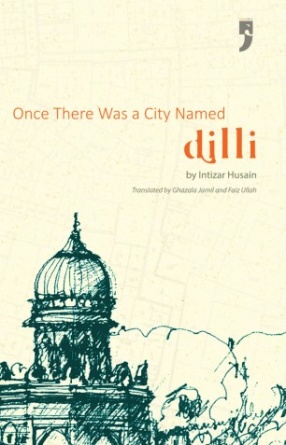
Yoda Press

28 books

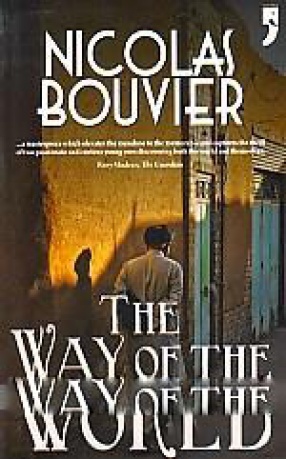
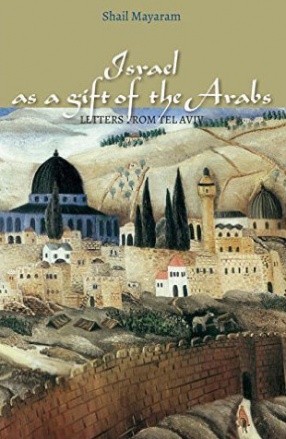
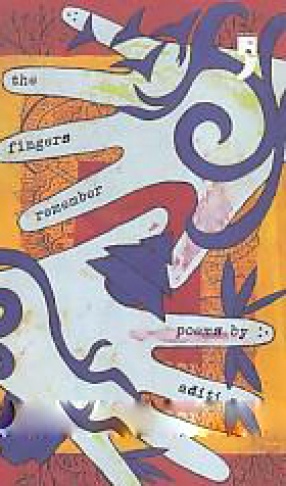
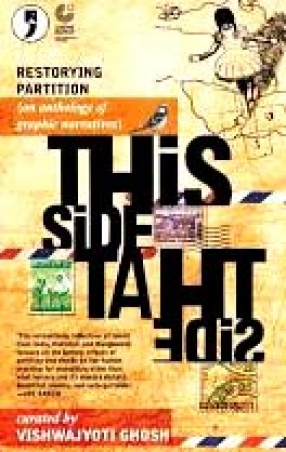
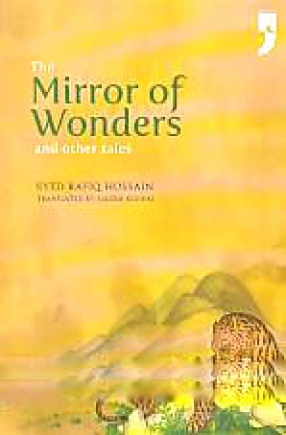




The history of Delhi has been told and retold many times. Often the intent is to use history as an ideological tool for staking a claim to the present of the city. In Intizar Husain's retelling, it is the tale itself that becomes delectable. A popular recital that highlights the forgotten nuances of the story, Once There Was a City Named Dilli, is a celebration of the people and culture that made the city unforgettable. Fortis, walled cities, bazaars, diwan ...
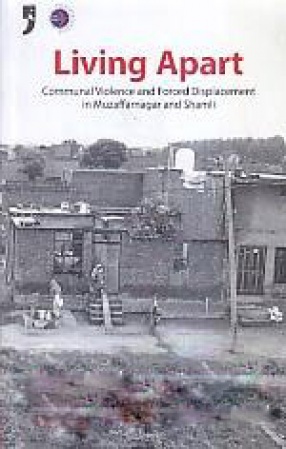

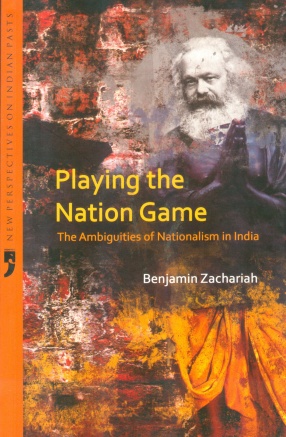
In this impressive new work, Benjamin Zachariah questions the tendency to regard nationalism as a necessary, inevitable and natural basis upon which to organise the world. In doing so, he embarks on a series of reflections on a longstanding project in Indian historiography which has till today not reached successful resolution: that of ‘decentring’ the nation as the central focus of history-writing in and about India. This outstanding collection ...

In the course of her stay in Israel as a visiting professor, Shail Mayaram wrote a series of letters to friends and family: letters that not only document her experiences of living, teaching and traveling in Israel and Palestinian territories, but also record her reflections on the complexities of identities and nationalism. Mostly as an outsider, and sometimes as a witness, the author offers her perspective on the historical and contemporary realities of the ...

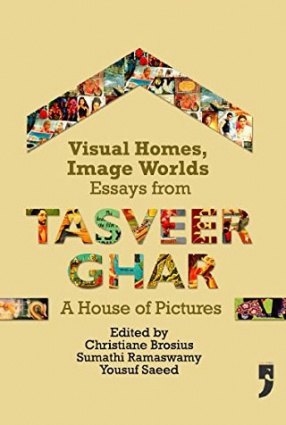
'This book brings to the reader the best of Tasveerghar, a trans-national digital network of South-Asian popular visual culture. A visual treat, the book is a collection of the 'popular' forms of art, which include posters, calendar art, pilgrimage maps and paraphernalia, cinema hoardings, advertisement and other forms of street and bazaar art. Presenting 'other' kinds of art, the kinds that exist outside art-galleries, Tasveerghar provides an insight into the ...

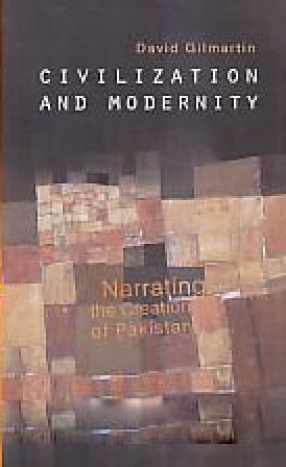

An anthology of graphic narratives on partition from India, Pakistan, Bangladesh. Curated by: Vishwajyoti Ghosh For over three generations now, the most definitive formative moment in modern South Asian history, Partition has remained a phenomenon of constant engagement for scholars, artists, journalists and commentators manifesting their explorations through academic research, reportage and most importantly, creative encounters through art, literature and films. ...



This book brings to the reader the best of Tasveerghar, a trans-national digital network of South-Asian popular visual culture. A visual treat, the book is a collection of the popular forms of art which include posters, calendar art pilgrimage maps and paraphernalia, cinema hoardings advertisement and other forms of street and bazaar art. Presenting other kinds of art, the kinds that exist outside art-galleries Tasveerghar provides an insight into the throbbing ...
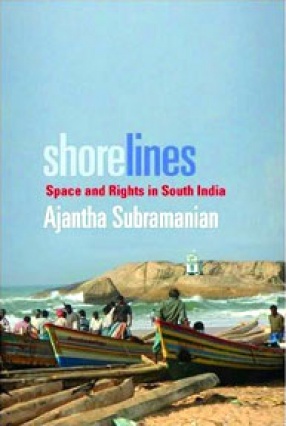
Shorelines chronicles a politics of space-making among India’s southwestern fisher Catholics through which they have laid claims to rights. By narrating the interplay of rule and opposition through the production of space, it attests to how space itself is an essential ingredient in struggles for rights. Fishers have not simply negotiated within spaces of power. Rather, as this book illuminates they have generated political geographies that challenge the ...

In 1939, young Joan Falkiner’s spirited flight from South Yarra to princely India and her marriage to the Muslim ruler of a small state in Gujarat sent shockwaves through the Melbourne society. Political reverberations were felt throughout the Raj and as the kingdoms were about to disappear forever in the maelstrom of Indian Independence as high as the British throne. How did it all come about? Through conversations about Melbourne, Mumbai and the South of ...
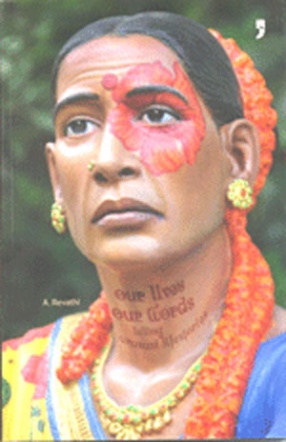
Aravanis or hijras have long been the invisible yet hyper-visible subjects of a societal gaze that reduces them to stereotype. Imagined as often as locked at or talked about, simultaneously revered and cursed, they have, in the process, been refused individual histories, lives and identities, even selves. Yet the community continues to challenge and subvert this view, persistently refusing to allow itself to be shamed or victimized. Some of the greatest recent ...
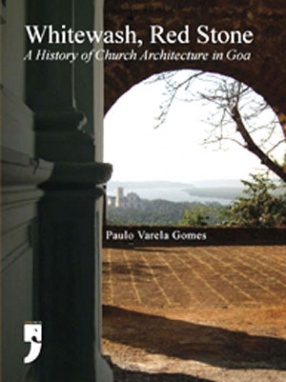
Goan churches is the first ever published, comprehensive history of Catholic-church architecture in Goa, from the first churches built in that territory in the early 16th century to the first contemporary churches built in the 1950s. Beginning with the churches in and around Old Goa, the book goes on to discuss the peculiarities of other churches scattered through Goa, aiming at demonstrating that the churches of Goa were Indian Catholicism’s first and ...

Set between 1989 and 1994, the film traces the life of Nikhil Kapoor: the state all-round swimming champion. A committed sportsman, Nikhil’s life changes radically when he finds out that he is HIV-positive. Even as he faces harassment from authorities and heartbreaking rejection from his parents, the only two people who stand by him in his fight for justice, life, love and dignity are his sister Anamika and his boyfriend Nigel. Published for the first time, ...

Kaiwan Mehta takes the reader for a walk through the streets and past the buildings of the 'native town' of colonial Bombay, reading their histories and excavating their memories, while continuing to negotiate their present context.This historic neighbourhood of Mumbai, fondly referred to as Bhuleshwar, has remained a residential and religious hub as before, while thriving as the city's essential commercial marketplace today. It retains a complex ...
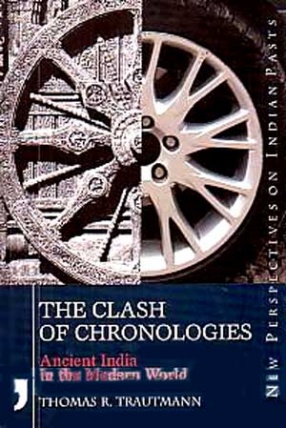
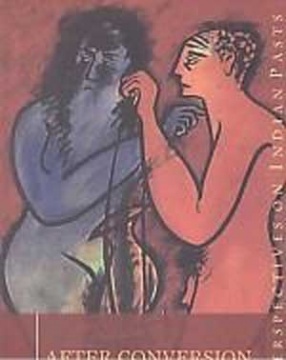
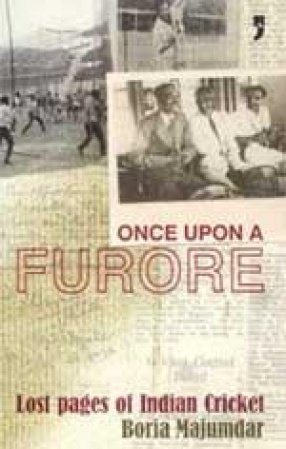
Did you know that Lala Amarnath was once charged with accepting a purse of Rs. 5,000 from cricket enthusiasts in Calcutta for including a Bengali player in the Indian side? Or that an Indian side was forced to come back from the UK because they had no money to eat and live on? Or that match fixing was alive and well in India as early as 1948? These are some of the controversial moments in Indian cricket history which Boria Majumdar retrieves from the dusty ...
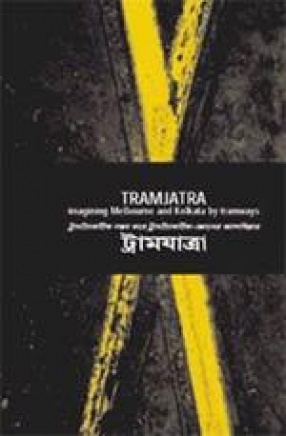
Tramjatra undertakes a journey between Kolkata (India) and Melbourne (Australia) through the medium of tramways. This new form of creative globalisation from below, built on friendship and dialogue, shows as way forward.
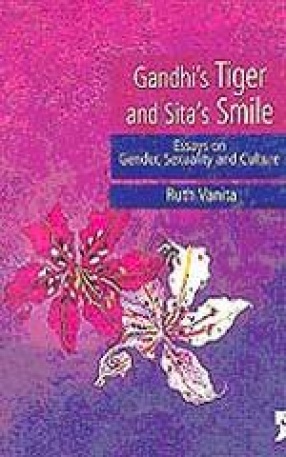
Gandhi’s Tiger and Sita’s Smile presents a collection of compelling essays which interrogate a variety of Indian texts and contexts along intersecting axes of gender, nation, and desire. The primary theme that weaves these varied essays together, written at different points of time with varying focal points of interest, is intertextuality. Vanita examines the way in which medieval texts speak to each other and draw on earlier canonical works, rewriting and ...
